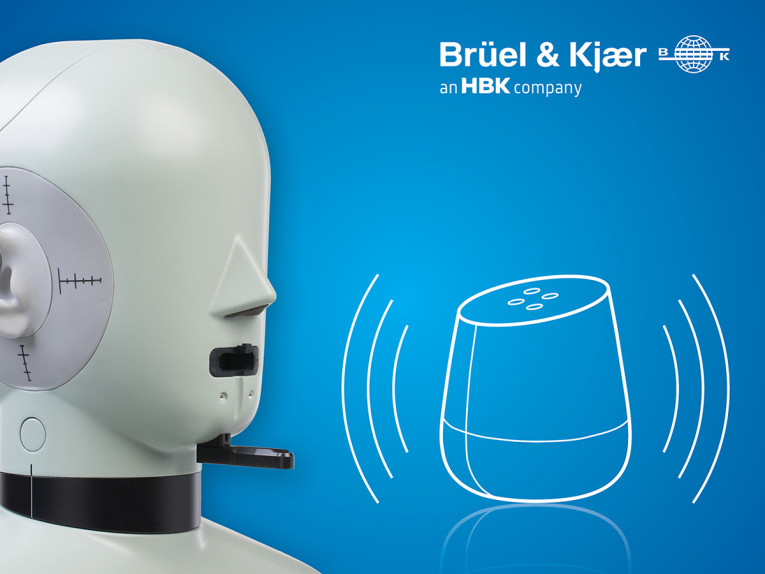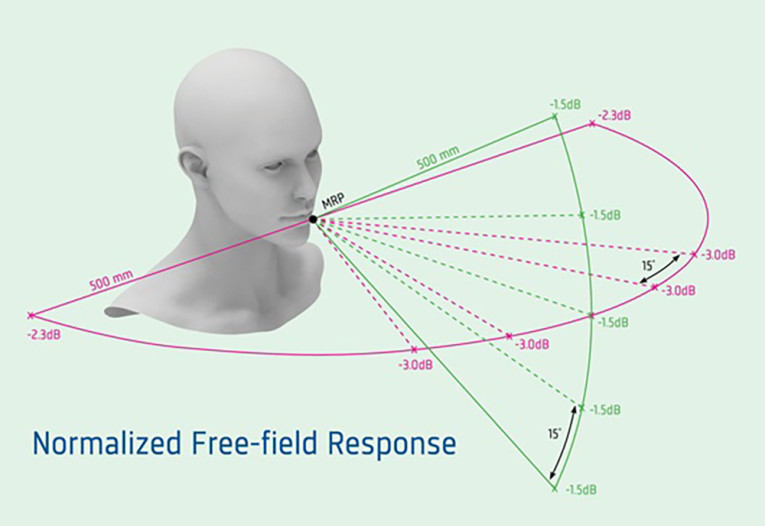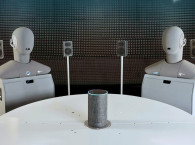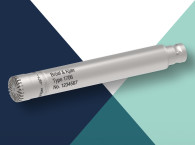
An often-used method when testing speech intelligibility and sound quality in voice-operated devices is to measure the response accuracy rate (RAR), which is done by replaying recorded voice commands and evaluating how often the voice command is correctly perceived and responded to. A common approach is to use a standard loudspeaker and microphone, but this can give a false indication of the performance because it doesn’t accurately reproduce the directivity and frequency response of a human voice. The precise method is to use mouth and ear simulators.
“Fortunately, reproducing human speech is not a new challenge,” says Lars Birger Nielsen, Focus Market Manager Brüel & Kjær. “Acoustic engineers, and Brüel & Kjær, have wrestled with the issue for many years in the development of traditional communication devices and have developed standardized test methods for evaluating human communication.”
"Brüel & Kjær offers market-leading products that facilitate more realistic speech synthesis and listening by faithfully reproducing human characteristics with very tight tolerances on accuracy to ensure repeatability. Our mouth and ear simulators - led by the new High-frequency Head and Torso Simulator (HATS) – accurately match human voice characteristics, thereby ensuring both quality and efficiency in smart device testing and development," he adds.

To reproduce a realistic human voice setup for smart speaker testing, acoustic speech dispersion comes into effect, as the attenuation of amplitude alters speech level in various angles and distances. Brüel & Kjær’s High-frequency Head and Torso Simulator complies with key features defined in the ITU-T P.58 standard for Objective Measurement Apparatus, which defines attenuation values in relation to the Mouth Reference Point (MRP).
The High-frequency HATS Type 5218 family, combined with the company's Mouth Simulator Type 4227 - a high-performance artificial mouth, which simulates human speech dispersion patterns - offer the capability of both issuing voice commands and measuring the quality of the smart speaker response, making fully automated testing of smart speakers and other voice operated devices possible.
Find out more about realistic testing of voice-operated devices at www.bksv.com/smartspeaker






